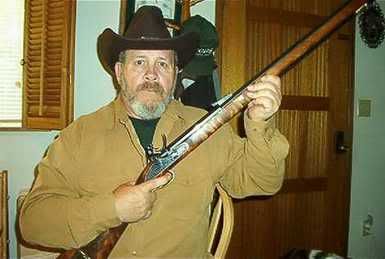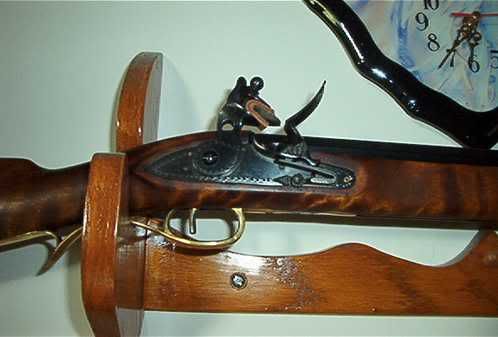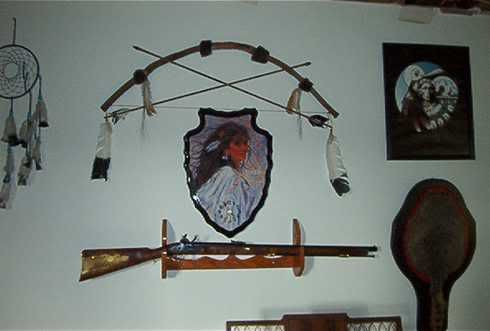/ubbthreads/images/graemlins/twocents.gif1st of all, it appears to have a curly maple stock, with a readdish stain. Secondly, if it is indeed a gun that Turner Kirkland imported back in the 70's, it is just as you've described it- a no-name 16 bore fowler.
; I do hope it works well for you and I'm certain it will - if - the barel is one piece. Back then there was an outfit in Japan was making large bore barrels out of two pieces of steel, threaded together, just up from the breech about where the wedding bands are. Although threading two pieces together for a barrel is bad enough, :nono: it was a sloppy thead with a major gap between the end of one piece and the start of the other, grabbing patches and having a .020" wall

at that spot. Now, .020" was a very common pistol barrel wall in the early to late 1700's, it is deemed to be insufficient today, especially in a musket, shotgun or rifle. The name just came to me- Ultra-High.

Your gun does not appear to be one from the pictures, but the pictures are't very definitive. Perhaps one of you holding the gun out for a broadside shot - then closeups of the lock, wrist/butt area, wedding band area, etc.
; Other than those awfull, gross, ugly, modern butt-ugly sights, it looks just fine.







